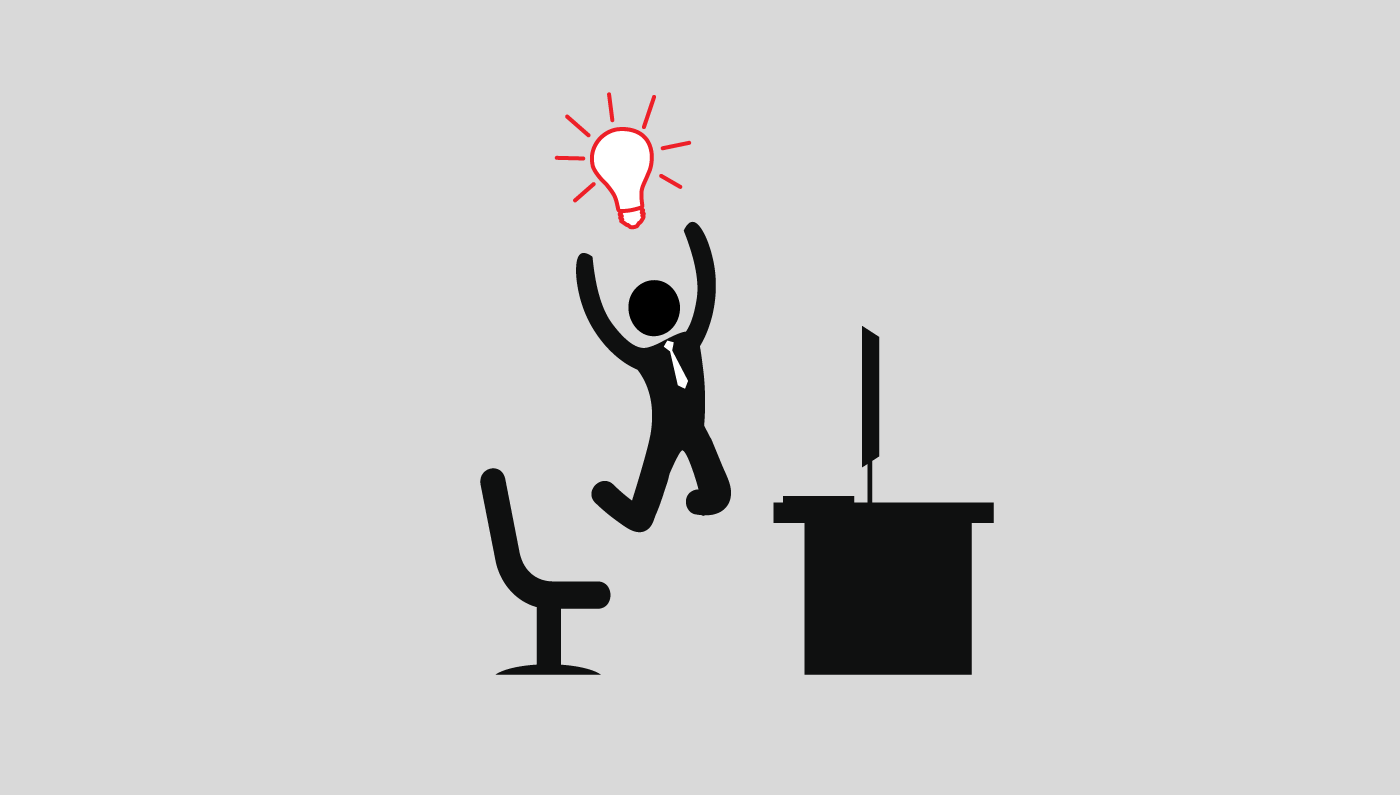“When inspiration strikes” is an old adage, but it still has some truth. We do work better, in fact, when we’re seized by the moment, struck by an amazing idea, or inspired by a flash of brilliance.
But the fact is that inspiration doesn’t visit us on a regular schedule. Often, instead of having a sudden insight or a “Eureka” moment, we grind through work in a daily routine, trying to complete as many assignments as possible from 9 am to 5 pm, regardless of their quality or usefulness.
In trying to over-schedule and control our days, we’ve actually tilted so far in the opposite direction that inspiration simply has no room to arrive at all. We’re more likely to be exhausted, burnt out, and distracted than we are to find some hidden insight that makes our work succeed.
Here at Cardwell Beach, we’re trying something different. We’re giving our teams—and ourselves—permission to work when and where we like, in hopes of re-capturing some of that inspiration so many of us working in traditional office environments seem to have lost.
How do we do it?
Well, to start, we try to support our efforts with science. And research shows that our internal circadian rhythms—that is, the natural ebb and flow of our mental and physical energy—vary from person to person (though they do follow general patterns, with mid-afternoon and late evening typically finding us the least alert.)
As we all know, some of us are just naturally “morning people” while others are just as naturally comfortable working late into the night.
As Christopher Barnes notes in the Harvard Business Review, “the biggest challenge is matching patterns of activity to individual circadian rhythms.” It’s true—by making all our colleagues work the same standardized schedule, we’re not doing anyone any favors. Our colleagues who are awake and alert in the early morning would have to stifle their natural energy until 9 am rolled around, whereas our night owl colleagues would have to stop their work day when they are just becoming most productive.
Instead, we work in a distributed workplace, where Cardwell Beach staffers can work anywhere they like, whenever they like, as long as they meet the deliverables they have agreed to tackle. Working around our own internal rhythms doesn’t mean we have conference calls at midnight or client meetings at 5 am. Instead, it simply means that we’re allowed to sit down and draft a blog post right after we wake up, or work on a creative concept whenever we feel most inspired, or take a few hours to disconnect and decipher a problem for a client.
And that gets us back to the idea of inspiration. How does working with our own internal clocks help us actually produce more inspired—and thus hopefully more impactful—work?
It turns out science is at work there, too.
Just as we have our own internal circadian rhythm, it turns out we have an additional internal clock ticking away throughout the day. This one is called the ultraradian rhythm, and it refers to the bursts of energy we feel as we go through our day, which are usually followed by periods of rest.
In a nutshell, the ultraradian rhythm in our bodies means that we typically work best for about 90 minutes of concentrated effort, followed by 20 or 30 minute breaks. Sometimes we can push the ultraradian rhythm a little further: do 120 minutes of concentrated work, for example, followed by a slightly longer break. But no matter which increment we use, we can’t overcome the ultraradian rhythm. It’s simply hardwired into the way we function.
If we fight it, we are simply fighting our own bodies and our own energy levels. But if we work within it, by following our natural patterns, we can truly optimize the way we tackle problems.
Which leads us to inspiration again. Sure, we can’t manufacture inspiration or magically make it appear by willpower alone.
But we can set the ideal conditions for inspiration to strike. And that’s what we’re trying to do here at Cardwell Beach: our staff work at their own schedules (working with their individual circadian rhythm) and at the times they feel most productive (working within their ultraradian rhythms) in the places they feel most comfortable. Combine all those elements together and you still don’t have inspiration. But you do have a recipe for the kind of personalized, optimized environment where inspiration is more likely to arrive.

